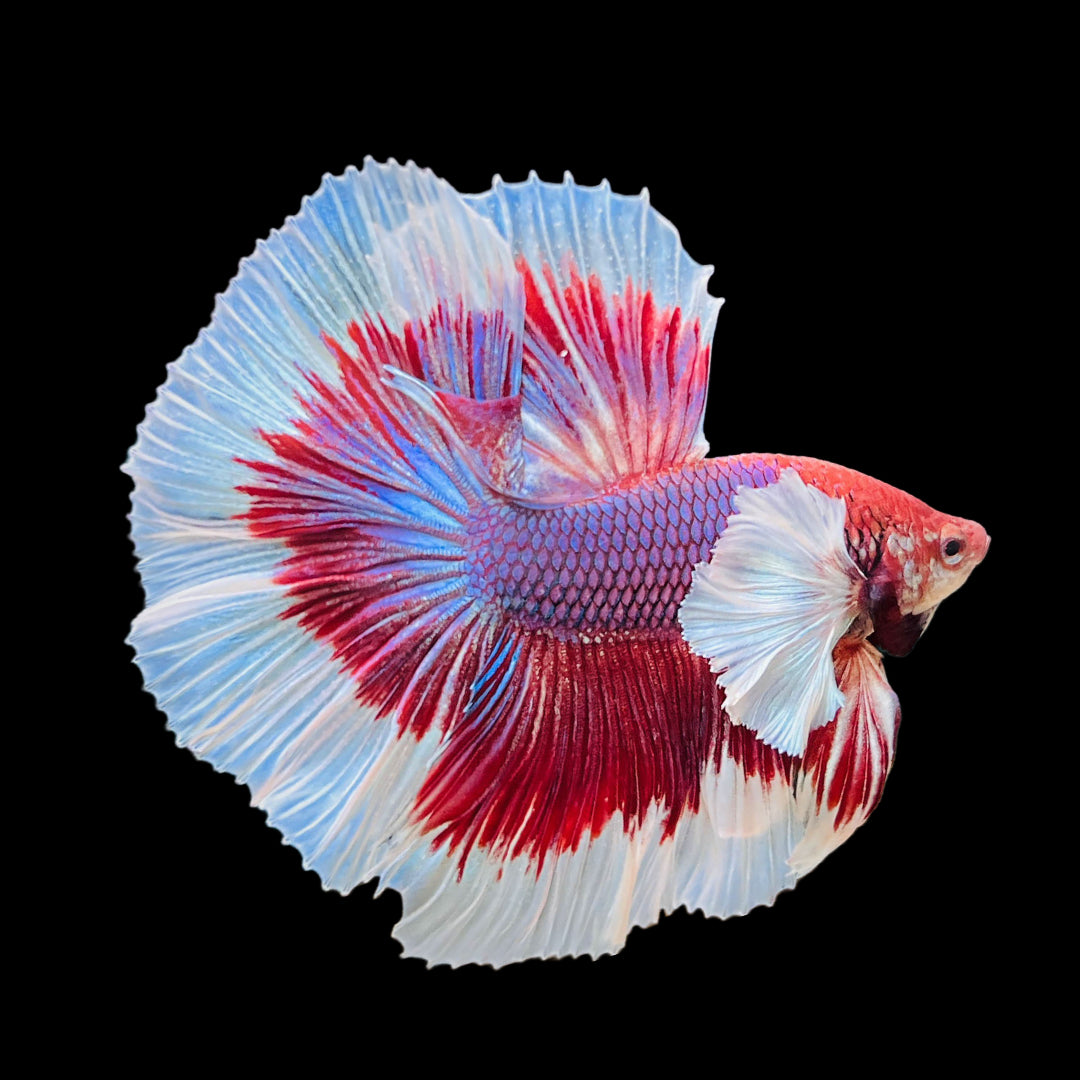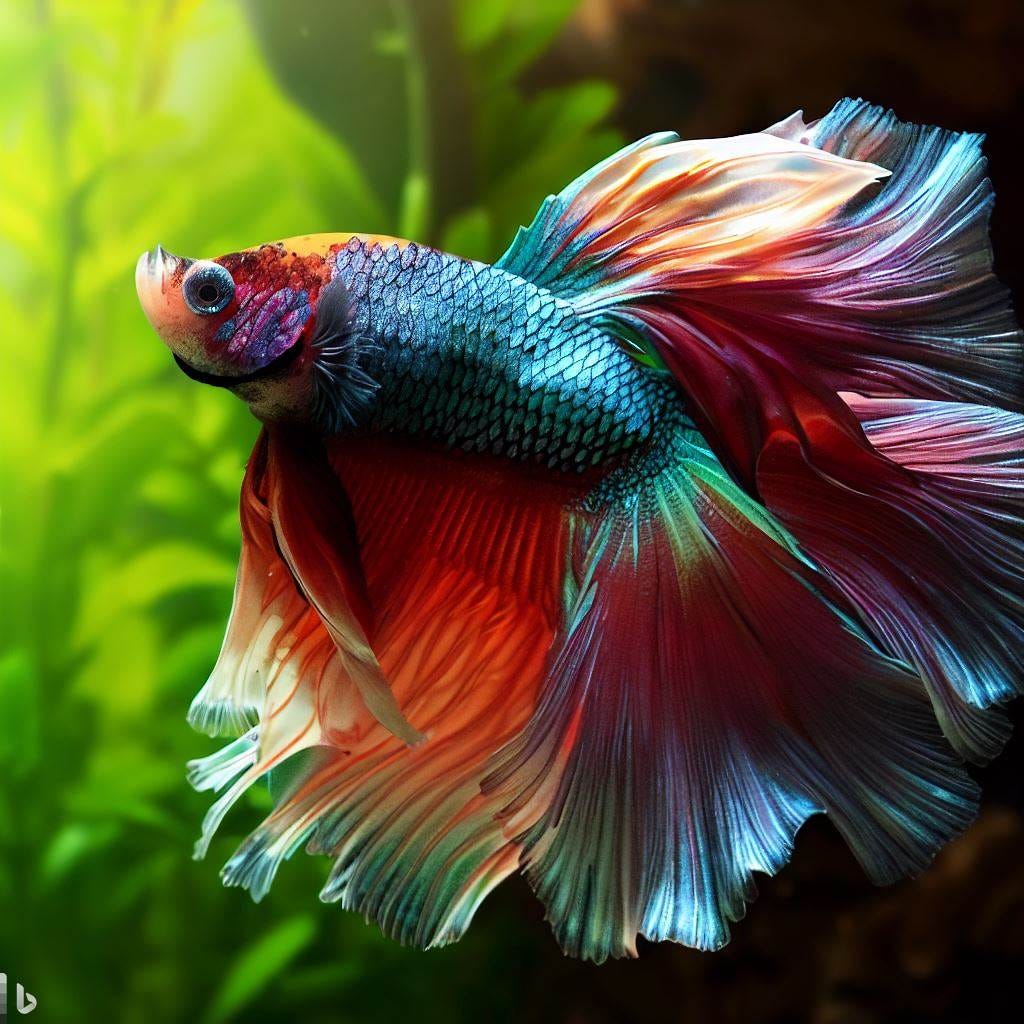Betta Fish Diet Plan: What to Feed Your Betta for Ideal Wellness
Betta Fish Diet Plan: What to Feed Your Betta for Ideal Wellness
Blog Article
Reproducing Betta Fish: a Comprehensive Step-By-Step Guide to Efficiently Raising Baby Bettas From Eggs to The Adult Years
Reproducing Betta fish is a meticulous venture that calls for careful preparation and implementation to make sure the successful advancement of fry from eggs to mature fish. Picking genetically varied reproduction couple with preferable characteristics is only the start; creating an ideal atmosphere and understanding the complexities of the reproducing procedure are equally vital. As the male Betta diligently constructs a bubble nest and guards the valuable eggs, the succeeding phases of treatment and change demand interest to detail and expertise of ideal practices. How does one navigate the tough yet fulfilling path of nurturing these lively animals to the adult years?

Choosing Breeding Pairs
When embarking on the trip of reproducing Betta fish, choosing the right reproduction pairs is important to achieving preferable qualities and a healthy family tree - betta fish. The very first step in this procedure is to recognize the certain characteristics you wish to boost or protect, such as shade, fin type, and physique. It is necessary to select genetically diverse sets to avoid inbreeding, which can bring about health concerns and unwanted characteristics
Evaluate possible reproducing candidates thoroughly. A healthy and balanced male Betta needs to show lively colors, an energetic demeanor, and well-formed fins, while the female should additionally present dynamic coloration and a rounded tummy, indicating preparedness for spawning. Observing the temperament of both fish is essential, as hostile or overly timid people might not reproduce effectively.
Maintaining records of the parent fish's ancestry can assist you track hereditary attributes and possible problems. Ultimately, investing time in the selection process will considerably improve the probability of generating solid, lively children that satisfy your breeding goals.

Preparing the Breeding Container
Developing an ideal reproduction atmosphere is an essential step after picking suitable sets for Betta fish. The breeding tank must be particularly designed to supply comfort and boost the natural reproduction habits of the fish. Start with a tank dimension of a minimum of 10 gallons to make certain appropriate space for both the man and female Bettas.
Keep a gentle filtering system to keep the water tidy while avoiding solid currents that can stress the fish. Furthermore, an air stone can be included in give oxygenation without interrupting the water surface area as well a lot.
Temperature regulation is critical; objective for a stable series of 78-82 ° F(25-28 ° C) making use of a trustworthy heater. The pH level need to be preserved in between 6.5 and 7.5, and regular water adjustments are required to make certain high water high quality.
Include floating plants or generating mops to produce concealing areas for the lady, while likewise motivating bubble nest structure by the male - betta fish. Lastly, make certain the tank is cost-free from sharp decorations and any prospective threats, as the well-being of the fish should always be prioritized throughout this critical phase of breeding.
The Breeding Process
Usually, the breeding process for Betta fish includes a series of unique and evident additional hints habits that indicate preparedness for recreation. The male Betta starts by developing a bubble nest at the water's surface area, which works as a website for the fertilized eggs. This nest is vital, as it gives a secure setting for the eggs till they hatch out.
When the nest is established, the male will display courtship behaviors, such as flaring his fins and showing vivid shades to draw in the woman. The female, upon sensing the man's preparedness, will certainly respond by showing vertical red stripes along her body, signifying her receptiveness.
When the women strategies, the male involves in a breeding dance, frequently leading to an embrace recognized as the "spawning." During this embrace, the lady launches her eggs, which the male feeds promptly. The fertilized eggs after that fall to the bubble nest, where the male meticulously accumulates and returns them to the nest. Following this, the male presumes responsibility for guarding the nest and making sure the safety and security of the eggs up until they hatch out, typically within 24-36 hours. This phase is critical in the reproducing procedure, laying the structure for effective fry development.
Taking Care Of Betta Fry
Taking care of Betta fry calls for cautious attention to their atmosphere and nourishment to make sure healthy development and advancement. After hatching out, Betta fry are extremely tiny and vulnerable, requiring a stable and clean environment. Maintaining a water temperature between 78 ° F and 80 ° F is essential, as Betta fry prosper in cozy conditions. Furthermore, ensure that the water home is without unsafe contaminants; regular water modifications of 10-20% are advised to preserve ideal water top quality.
Feeding Betta fry is similarly vital. Feed them small quantities several times a day, being cautious not to overfeed, which can lead to water top quality concerns.
Transitioning to Grownup Bettas
As Betta fry mature, transitioning them to adult Bettas is an essential stage that needs careful management of their setting and social communications. This process normally starts when the fry reach around six weeks of age, at which factor they can be progressively presented to a much more structured living setting.
To facilitate this change, it is necessary to my website guarantee that the water parameters-- such as temperature level, pH, and ammonia levels-- are ideal and stable. Grown-up Betta fish thrive in cozy water (around 78-80 ° F) with a pH of 6.5 to 7.5. Gradually accommodate the fry to these problems to decrease tension.
Social communications are one more vital element; man Bettas are notoriously territorial and hostile. It is recommended to different males right into individual tanks as they grow. Women Bettas can be housed together, however treatment must be required to keep an eye on for signs of aggression.
Furthermore, nutritional changes ought to be made as the fry expand. Include premium pellets and live foods to sustain their growth and wellness. By managing these elements successfully, you can advertise a successful transition to the adult years for your Betta fish.

Final Thought
Effective reproduction of Betta fish calls for mindful focus to information throughout the entire process, from selecting genetically diverse pairs to supplying ideal take care of fry. By guaranteeing suitable breeding problems and preserving water high quality, the probability of healthy and balanced spawn increases significantly. In addition, a balanced diet and steady adjustment to adult atmospheres are critical for the development and development of Betta fish. Following these steps diligently cultivates a prospering population of Betta fish, improving both their health and vigor.
Report this page